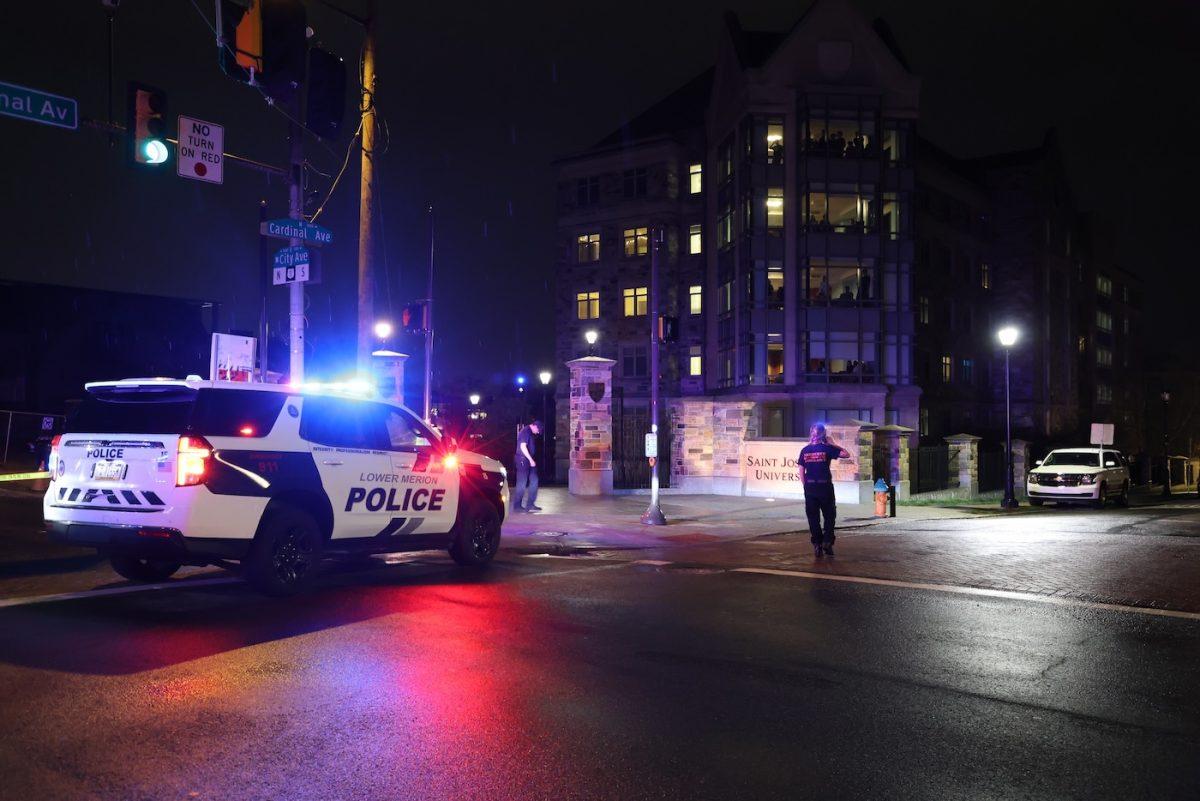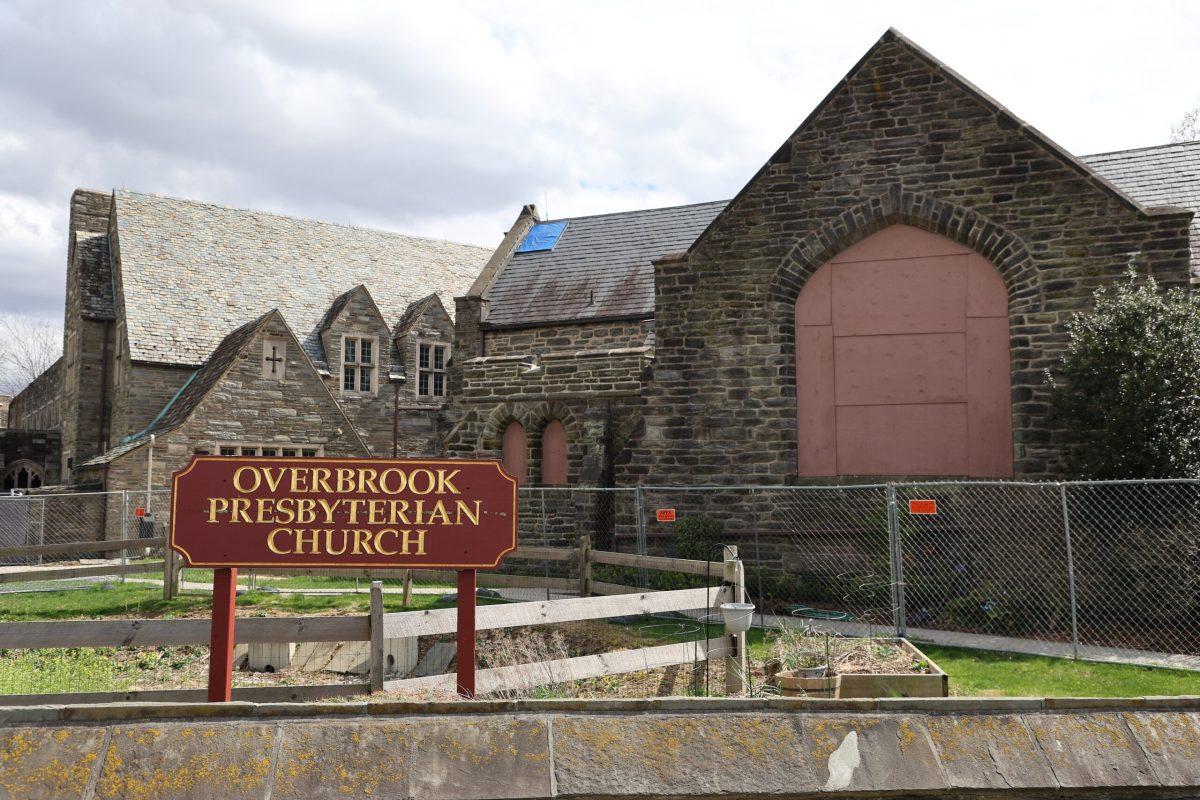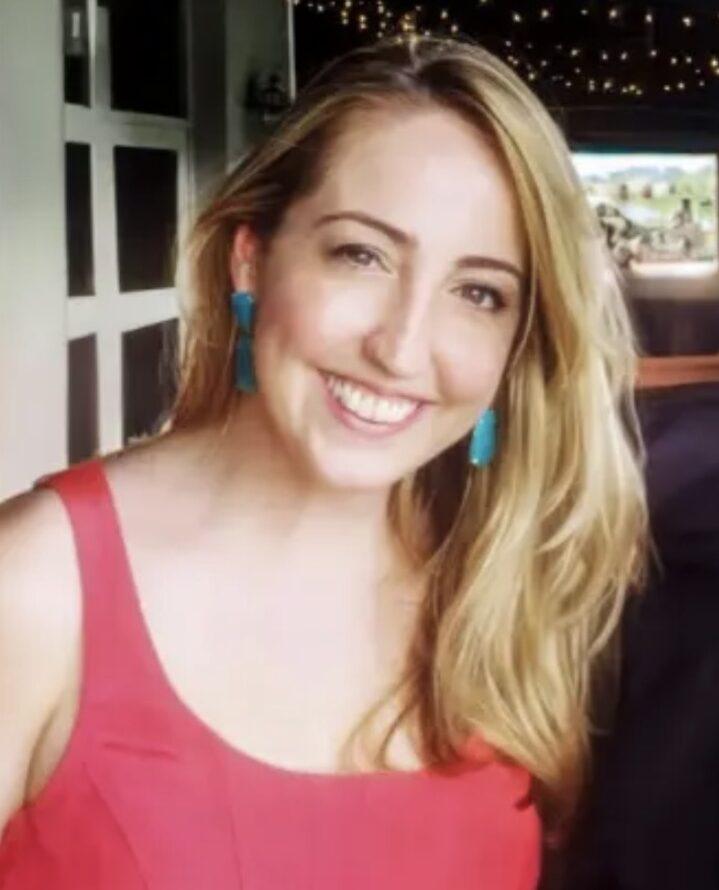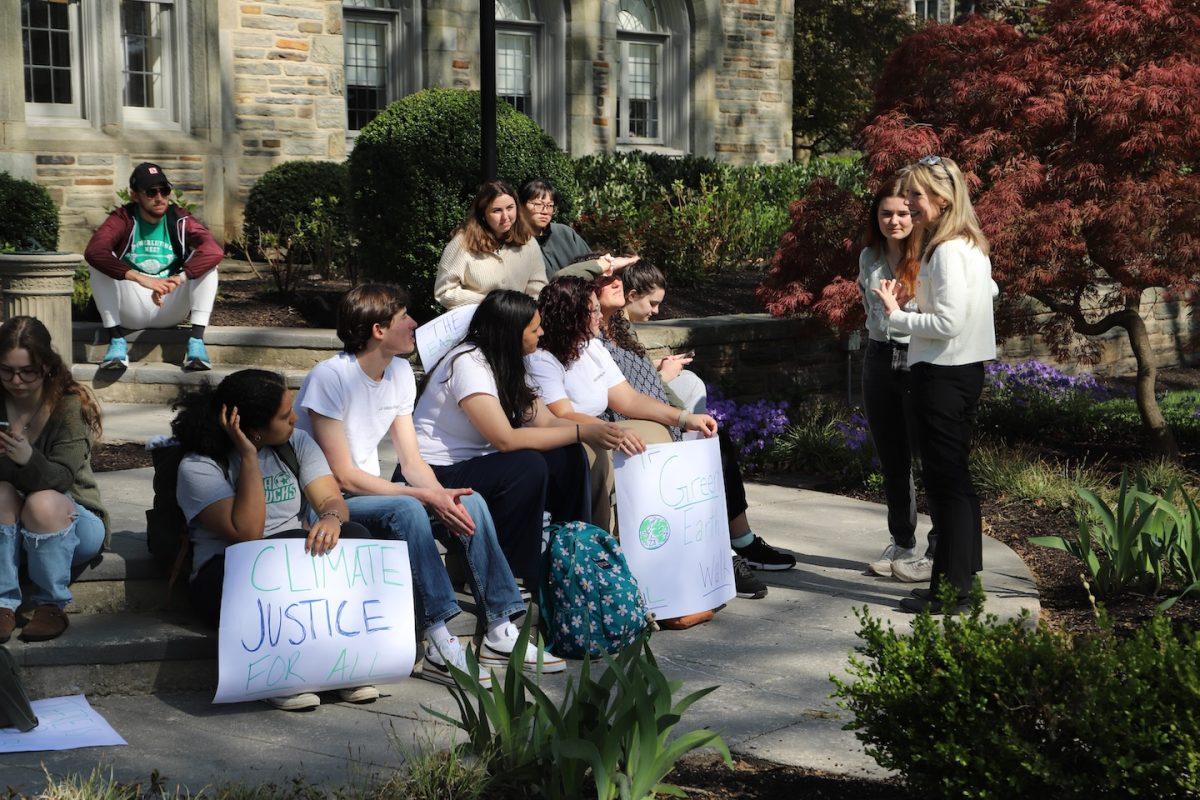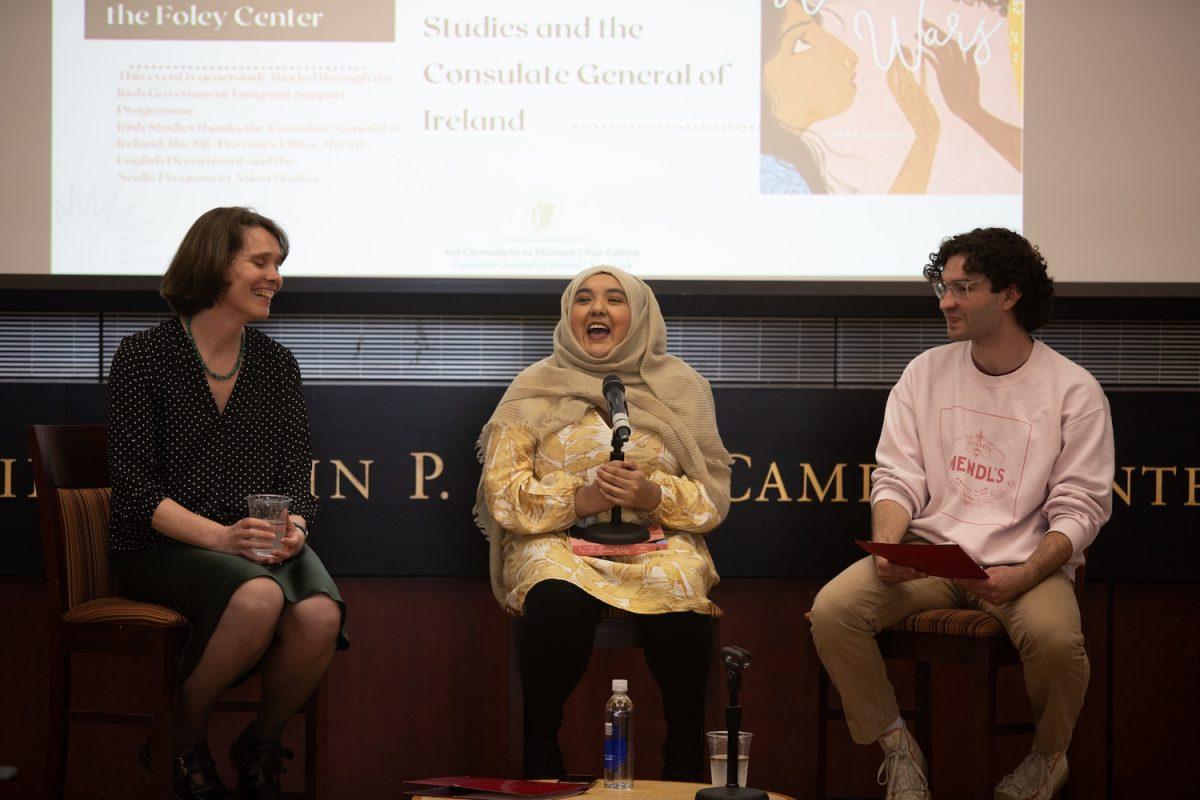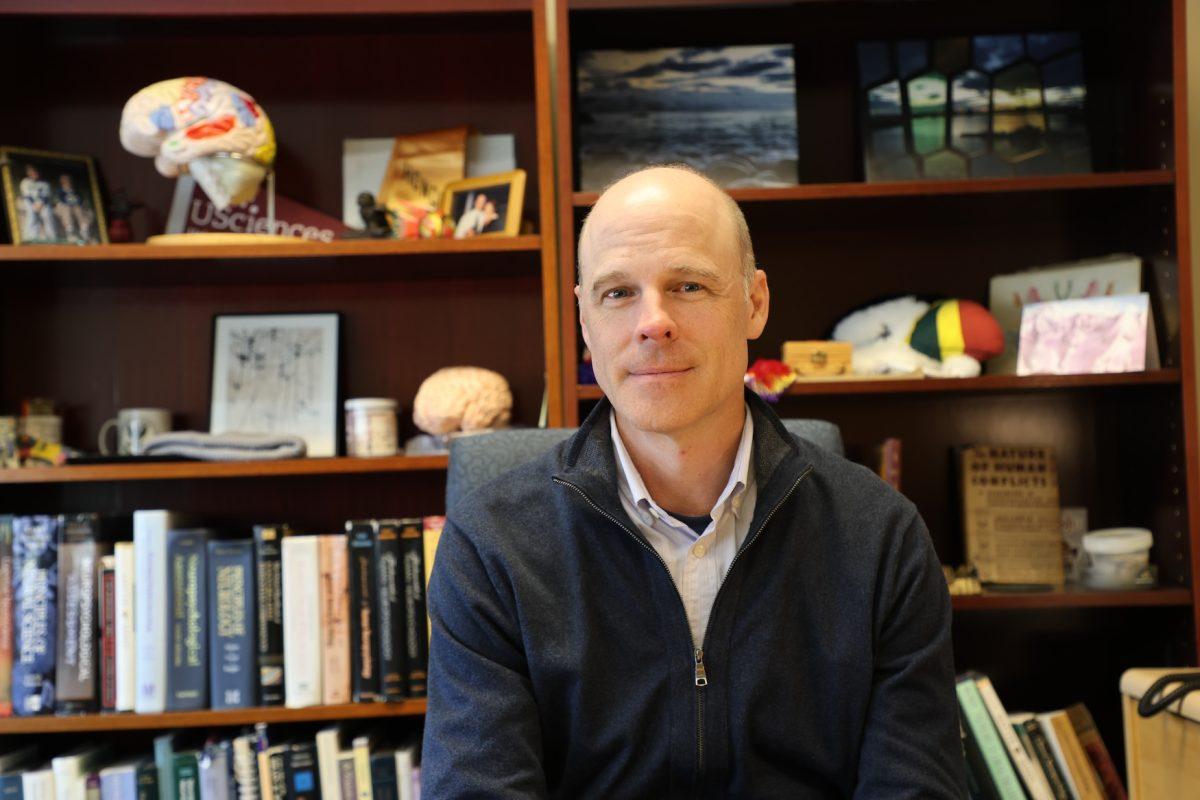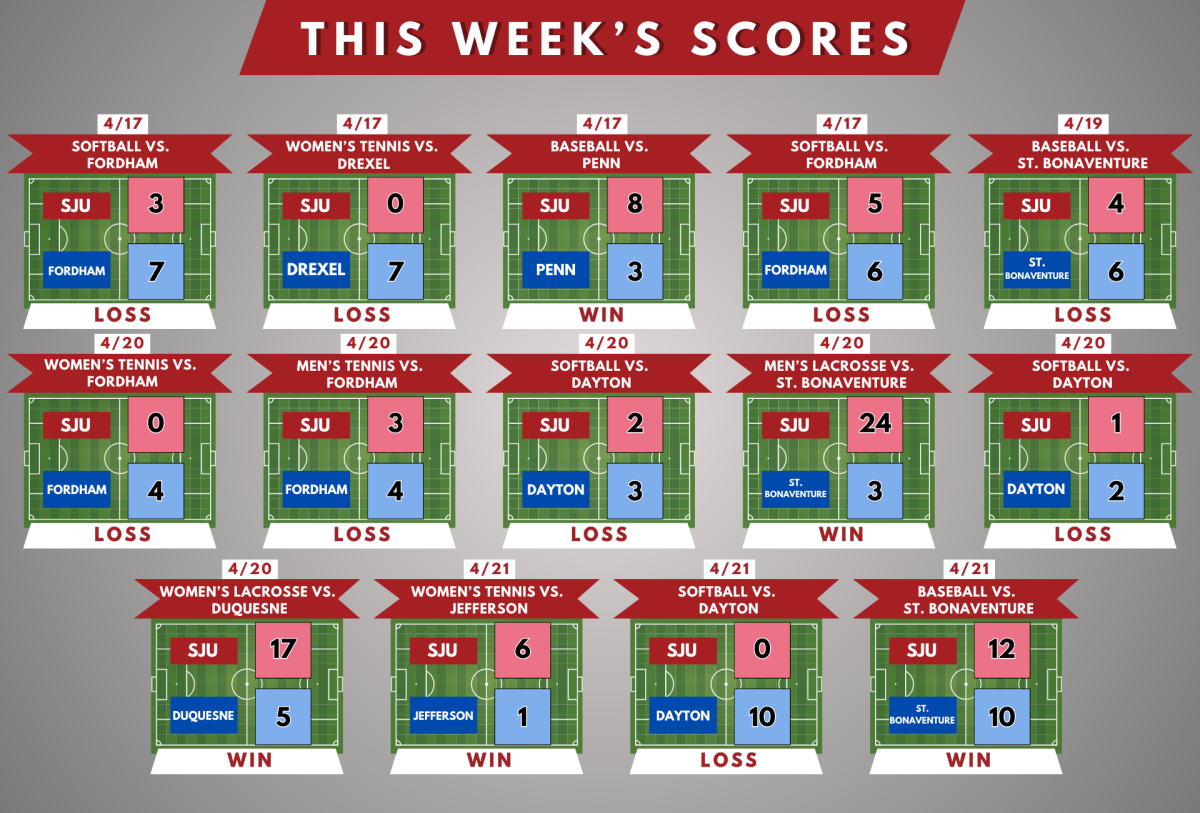Saint Joseph’s student body and faculty respond to presidential proposals
In the United States, the average class of 2016 graduate accumulated an estimated $37,000 in student loan debt, according to International Business Times. Republican presidential nominee Donald Trump and Democratic presidential nominee Hillary Clinton have proposed solutions to remedy the tremendous amount of debt students acquire by pursuing a college education.
For undergraduate traditional day students, the cost to attend Saint Joseph’s University is $43,020, including tuition and mandatory fees. According to the office of the provost, fifty percent of the student body at Saint Joseph’s rely on loans in order to earn a degree and graduate.
“I’m worried I’m not going to be able to pay off the debt,” Lizzie Fuller, ’18, said.
Both Trump and Clinton, according to each candidate’s campaign website, have proposed plans to remedy, and in some cases nullify, student debt.
To remedy student debt, Trump proposed an exchange for tax dollars, where, as president, he would work with Congress on reforms to ensure universities are making a good faith effort to reduce the cost of college and to reduce student debt in exchange for the federal tax breaks and tax dollars.
Clinton proposed a college affordability plan, where, as president, she would work with Congress to help borrowers refinance loans at current rates, providing debt relief to an estimated 25 million people. To reduce the burden for future borrows, Clinton will cut interest rates to ensure that the government does not profit from student loans.
St. Joe’s students have the ability to use institutional, federal, and state grants, as well as scholarships, in order to cover the cost of attendance, but students are often required to take a blended approach.
“Students have the challenge of the remaining portion [of tuition] that is not covered,” said Robert McBride, associate provost for Enrollment Management. “And that’s gift aid. What we see a lot of families doing is take blended approaches…Whether the student is taking on some of the debt [or] the parents are taking on some of the debt—they often are using the institution’s payment plan, as well.”
Traditional undergraduate day students can continue to borrow throughout the semester. The flux in the university’s borrowing trend, then, represents the percentage of students who are still paying tuition, according to McBride.
“Right now, we are at 50 percent of students borrowing, but I bet that escalates up to 53 percent,” McBride said. “Looking at the last few years, it’s been pretty flat, one or two percent up or down, but the difference is that some students take federal loans, and others take private loans. Some students take a blend.”
For Eric Alston, ’19, student loans are a necessity to be able to attend the university.
“A lot of people are worried that government is getting too involved, but I’m not,” Alston said. “I do think that I would not have my work study; I would not have my grant; I would not have my scholarship, which half comes from Saint Joseph’s, half from the government, and I would not have a lot of things. I probably would not even be able to be here, honestly.”
Alston is concerned for his financial security at the university within the scope of the presidential candidates’ proposed plans, as well.
“In terms of having a real plan, I think Hillary Clinton has a clear direction,” Alston said. “The kind of warning sign, with Trump, is his stance on government regulations, and that—I’m not really sure how his plan would play out. I think there is always room for government regulation, but I think that a statement that is made that ‘government should be deleted immediately’—I think that’s a little rushed.”
Jason Mezey, Ph.D., associate professor of English, noted that the cost of attending college has gone up tremendously.
“As somebody with three kids, I am thinking ahead, and, right now, I have a very limited sense of how I am going to make that happen,” Mezey said. “It doesn’t surprise me that people would need that help in order to attend a college that has such a high price tag.”
In regard to Clinton and Trump’s proposals, Mezey’s outlook is focused on relieving students’ financial stress.
“I don’t give a lot of credence to one set of the proposals because I’m not really sure that they’re grounded in anything except contradiction…But if these things are actually doable, then I think they would help,” Mezey said. “I think that the other provisions—refinancing loans, cutting of interest rates, bringing loans into more of a non-profit side of things—that that would have to make things at least less stressful for Saint Joseph’s students.”
Financial aid services are not exclusive to St. Joe’s and loans are utilized by most students at the college and university level. For most, student loans have become a widespread problem.
“Loans are necessary for some students because the marketplace has shifted in such a way that it is very difficult to find entry-level work without having some sort of degree,” Jordan Heil, M.A., ’16 said. “And we don’t have the same kind of emphasis on labor intensive jobs that we used to have. They are left with no alternative except to have to take out student loans just to have a fighting chance at getting a job.”
Students, according to Heil, are also relying on alternative means, such as utilizing work study, in order to sustain themselves financially during their time at St. Joe’s.
“I’ve met many students who have work study, and these students are really doing what they can to reduce the cost of attendance,” Heil said. “Students working parttime jobs in addition to their classwork, they’re doing what they can to reduce the cost of attendance—students are trying to spend as little as they can on student loans.”
Although students’ tuition and mandatory fees at St. Joe’s fund administration and faculty, students are also paying for a certain type of ‘look,’ according to Mezey.
“Students at Saint Joseph’s are paying for a campus to look a certain way, with certain facilities that meet a standard—both functionally and aesthetically,” Mezey said.
Alston believes he is paying for just that.
“You’re paying for an extremely well-rounded education,” Alston said. “You’re paying for the ‘real deal’.”
Although the class of 2017 will face debt, the outcome of the election has the ability to greatly impact all students who are currently pursuing, or plan to pursue, higher-level education. Student debt is no longer uncommon and is anticipated by both students and families alike—regardless of either’s ability to pay.
“It’s going to be really difficult for many students to pay off the debt within a reasonable amount of time,” Heil said. “I think the best-case scenario is that you find a good paying job, and you are able to afford the payments at a rate of payback that isn’t going to accumulate a whole lot of interest.”

